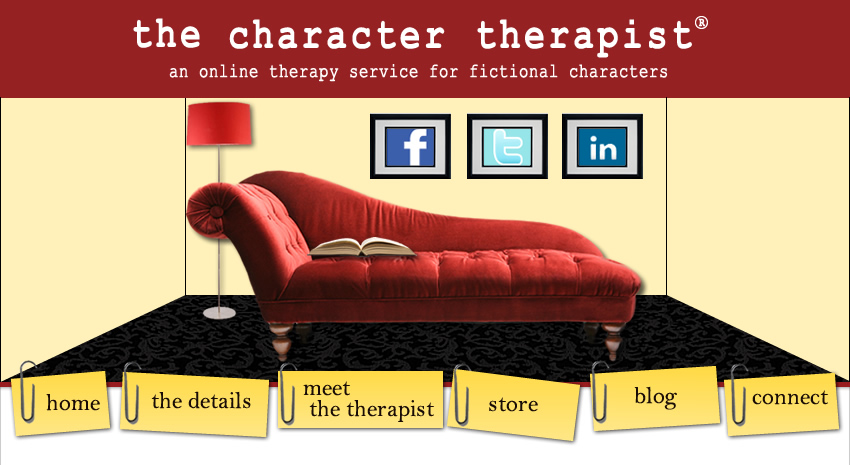 Two weeks ago, I posted on the Rational Brain v. the Emotional Brain. In that post, I mentioned that a person can do things that seem to outsiders to be utterly crazy (one example I gave was Mike Tyson biting Holyfield’s ear). I explained the reason for this is that the emotional brain commandeers the rational brain.
Two weeks ago, I posted on the Rational Brain v. the Emotional Brain. In that post, I mentioned that a person can do things that seem to outsiders to be utterly crazy (one example I gave was Mike Tyson biting Holyfield’s ear). I explained the reason for this is that the emotional brain commandeers the rational brain.This got me thinking about the Motivation-Reaction Unit popularized by Dwight Swain. I believe I can make them make more sense to you. My crit partner, Katie Ganshert (who has her first book coming out in May 2012 from Waterbrook Multnomah!) has a great explanation of a MRU on her blog, which I hijacked. (*waves* at Katie!)
What elements compose an MRU?
1. Motivating stimulus: the stimulus occurs outside your character
2. Character reaction: the reaction occurs inside your character
Four Components of Character Reaction:
1. Visceral reaction: the character has no control over this. This is a gut reaction that happens automatically.
2. Thought: what thoughts race through your character's mind after the visceral reaction?
3. Action: what does your character do?
4. Speech: what does your character say?
Important note about order: Don't get it wrong.
The motivating stimulus must come first. Your character can't react to something that hasn't happened yet. You wouldn't want to write: She yelped and jabbed her finger in her mouth after the hot water splashed against her skin. This reads funny--the MRU is out of order.
The components of the character reaction must stay in order as well. A visceral reaction always comes before action or speech. When hot water splashes against your skin, your nerve endings burn, then you yelp. It's not the other way around.
Get the order right and hook your reader. Get the order wrong, and your reader will know something is off, even though they might not be able to verbalize what's wrong. (End of Katie's explanation.)
So we know that our emotional brain (which is the amygdala) overrides the rational brain (prefrontal cortex) at times, even surprising us with our own reactions. Research has shown that the amygdala is not only faster, but it's more powerful. (Just believe me on this. It has something to do with many connections there are from the amygdala to everywhere else in the brain. Won't bore you with more.)
What does this mean? It means that our emotions have more influence in our life than our rational brain. Swain doesn't mention "emotions" proper in the actual character reaction, but it actually comes before the "visceral reaction" in the sequence. Let's look at an example.
If I'm walking to my car in the parking lot and a shadow rushes at me from the side, I will feel fear within a millisecond. The visceral reaction I have might be nausea, panic, blood rushing in my ears. Maybe a few tenths of a second after that, I might experience an instinctive or reflexive action, such as clawing for my mace spray or grabbing car keys to strike out with. It's reflexive, and in times of danger, the standard reflexes are fight, flight, or freeze.
The rational brain is so far behind that a thought or attempt to speak hasn't even engaged yet. I haven't yet fully understood what is happening to me. I certainly haven't figured out that I might be either getting robbed or that some overzealous Brownie is just trying to sell me cookies. Even more interesting is that I might actually have the rational thought that this is just a Brownie selling Girl Scout cookies, but that won't stop my emotions and physiological reactions already under way (the cold sweat, labored breathing, rapid heart rate).
Anyway...hopefully you see how tightly interwoven the emotional brain is in the entire character reaction sequence. Swain instinctively knew this...and psychology and neuroscience back him up.










1 comment:
This was so helpful. I'm totally bookmarking this.
Edge of Your Seat Romance
Post a Comment
Both comments and questions are welcome. I hope you enjoyed your time on the couch today.